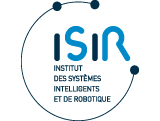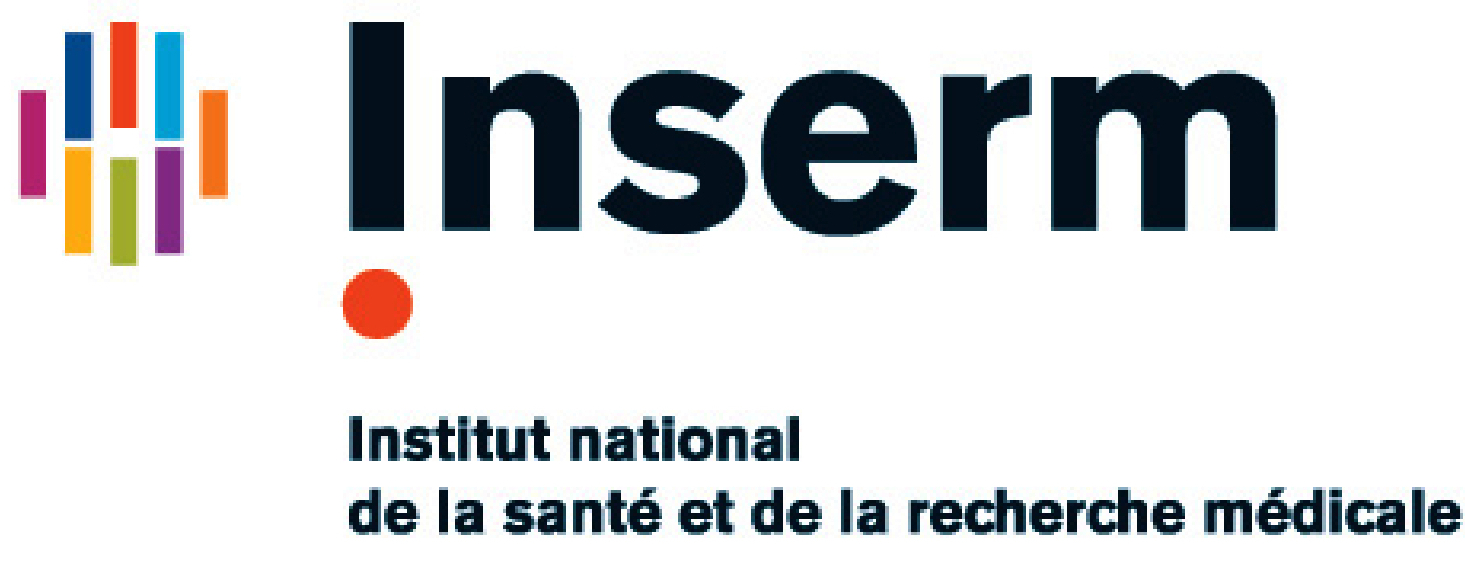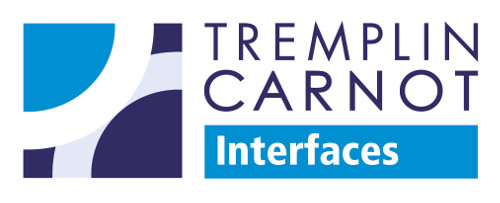A voir également
- Short Bio
- Publications -----------------------------
- Arboris-python
- Daenim
- LQPctrl
- Thèse
- Examples for Arboris
- XDE-ISIR
Arboris-python

Title : Associate Researcher
No longer in the unit
Requirements
Arboris-python works on Python2.7 (Seems to work with Python3.2, but cannot provide guarantees due to lack of tests).
It requires (they me be contained in the installation files) :
- numpy to compute and simulate models,
- h5py to save simulation data as pickle,
- matplotlib to plot results as Matlab,
- and pycollada to write collada files.
- The visualization is done with pydaenim (in a web browser based on webgl) or with daenim (based on OpenSceneGraph).
Download Arboris-python
For Windows
Choose the corresponding installer; They contain all the required modules and you can choose what you want to install.
- for python 2.7 32bits: arboris_setup_win32.exe
- for python 2.7 64bits: arboris_setup_win64.exe
For Ubuntu
For Ubuntu distributions, required packages are available in apt: apt:arboris-python-dep.
Then you have to install pycollada, pydaenim & arboris.
This script does it for you.
For Macintosh (Still in development)
Quite similar to Ubuntu. You have to install the required packages, download arboris-python from github and install with the following command:
For Macintosh, many modules are available in macports. I recommand Macport to install the required package. Here is a script to perform this installation.
To execute this script, run:
bash install_arboris_python_mac.sh
Then you have to install pycollada, pydaenim & arboris manually (I hope it works...)
Python Integrated Development Environment (IDE)
Getting a good python IDE may not be easy, that is why I give you my recommendations:
- A well-known cross-platform IDE is Spyder.
- On Windows, I strongly recommand PyScripter
- On Ubuntu, if gedit with the programmation plugin is not sufficient, I propose Eric4 (available on repository).
- On mac, IEP seems to do the work.
That's all. Enjoy!
Problems
For any other problem, contact me at email address above.
About Arboris
Arboris is a rigid body dynamics and contacts simulator written in python.
Arboris includes a generic and easily extensible set of joints (singularity-free multi-dof joints, non-honolomic joints, etc.) which are used to model open rigid mechanisms with a minimal set of state variables.
The dynamics of these systems are computed in a form similar to the Boltzmann-Hamel equations. Using time-stepping and a semi-implicit Euler integration scheme, a first-order approximation of the model is also computed. This allows for additional constraints such as contacts and kinematic loops to be solved using a Gauss-Seidel algorithm.
Arboris is mostly useful for robotic applications and human motion studies. The python language makes it particularly suited for fast-paced development (prototyping) and education.
Background
In 2005, Alain Micaelli, a researcher from CEA LIST, wrote a first version of the simulator in the matlab language. It was an implementation (and often an extension) of the algorithms described in [Park2005], [Murray1994] and [Liu2003].
He was later joined by Sébastien Barthélemy, from ISIR/UPMC, who reorganized the code to take advantage of the early object-oriented features of matlab. It eventually became clear that the language was ill-designed, and that a full rewrite was necessary. With the help of Joseph Salini, also from ISIR/UPMC, Arboris-python was born. The resulting framework is now quite similar to what
is presented in [Duindam2006]. The matlab version of the simulator is now deprecated.
.. [Murray1994]
Richard M. Murray, Zexiang Li and S. Shankar Sastry, "A Mathematical Introduction to Robotic Manipulation", CRC Press, 1994.
.. [Park2005]
Jonghoon Park, "Principle of Dynamical Balance for Multibody Systems", Multibody System Dynamics, vol. 14, number 3-4, pp. 269-299, 2005.
.. [Liu2003]
T. Liu and M. Y. Wang, "Computation of three dimensional rigid body dynamics of multiple contacts using time-stepping and Gauss-Seidel method", IEEE Transaction on Automation Science and Engineering, submitted, November 2003.
.. [Duindam2006]
V. Duindam, "Port-Based Modelling and Control for Efficent Bipedal Walking Robots", University of Twente, 2006.






